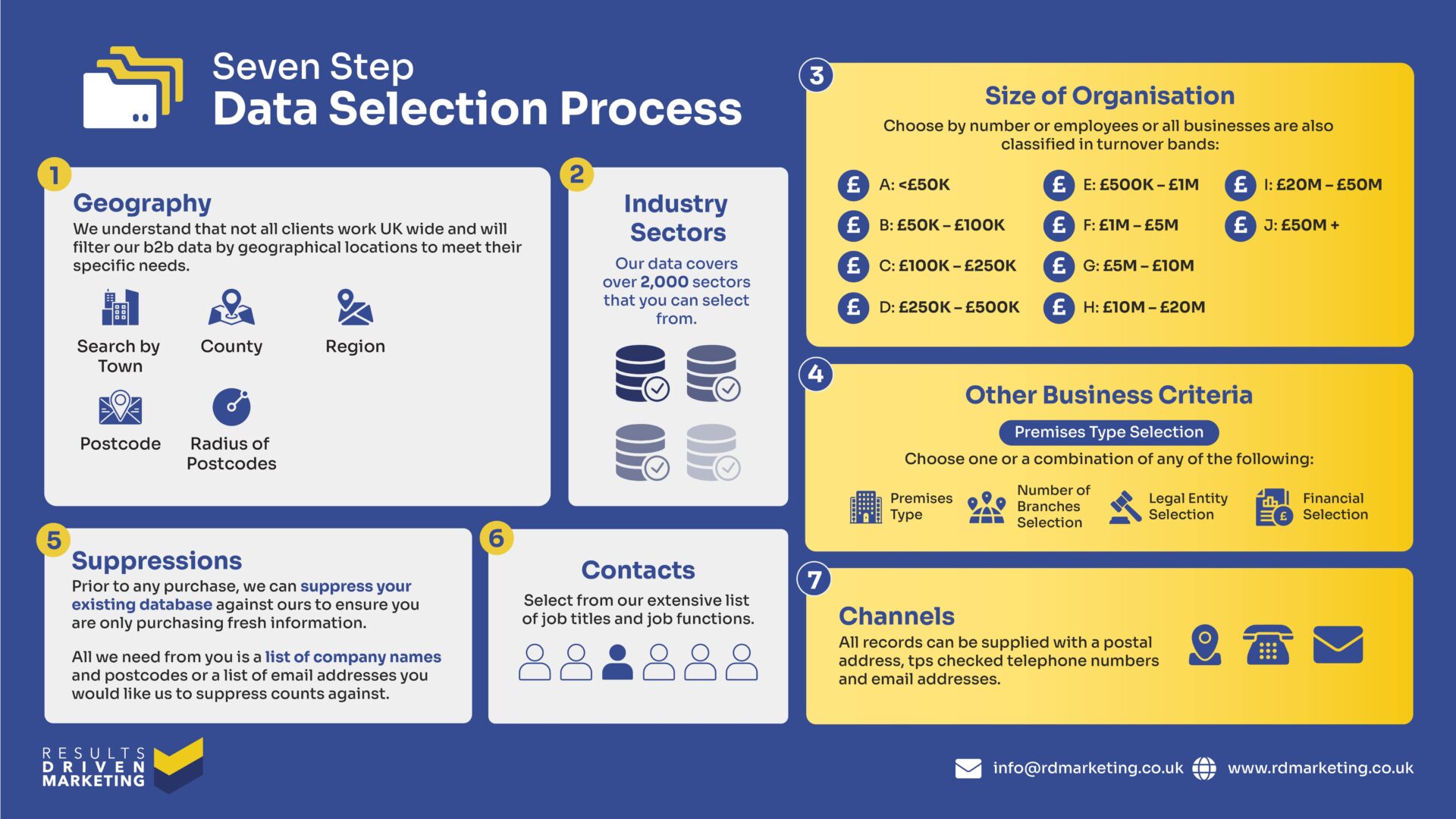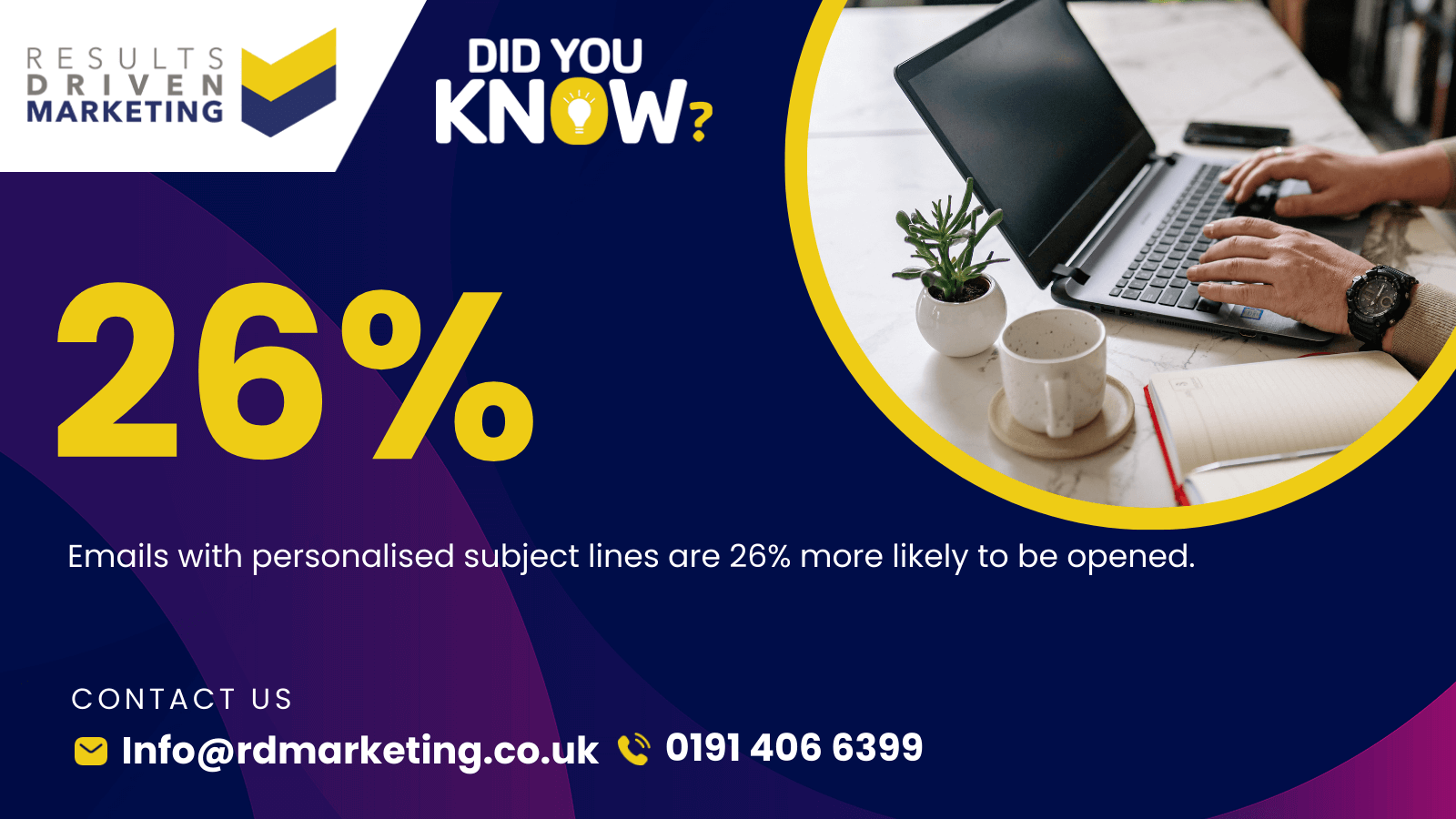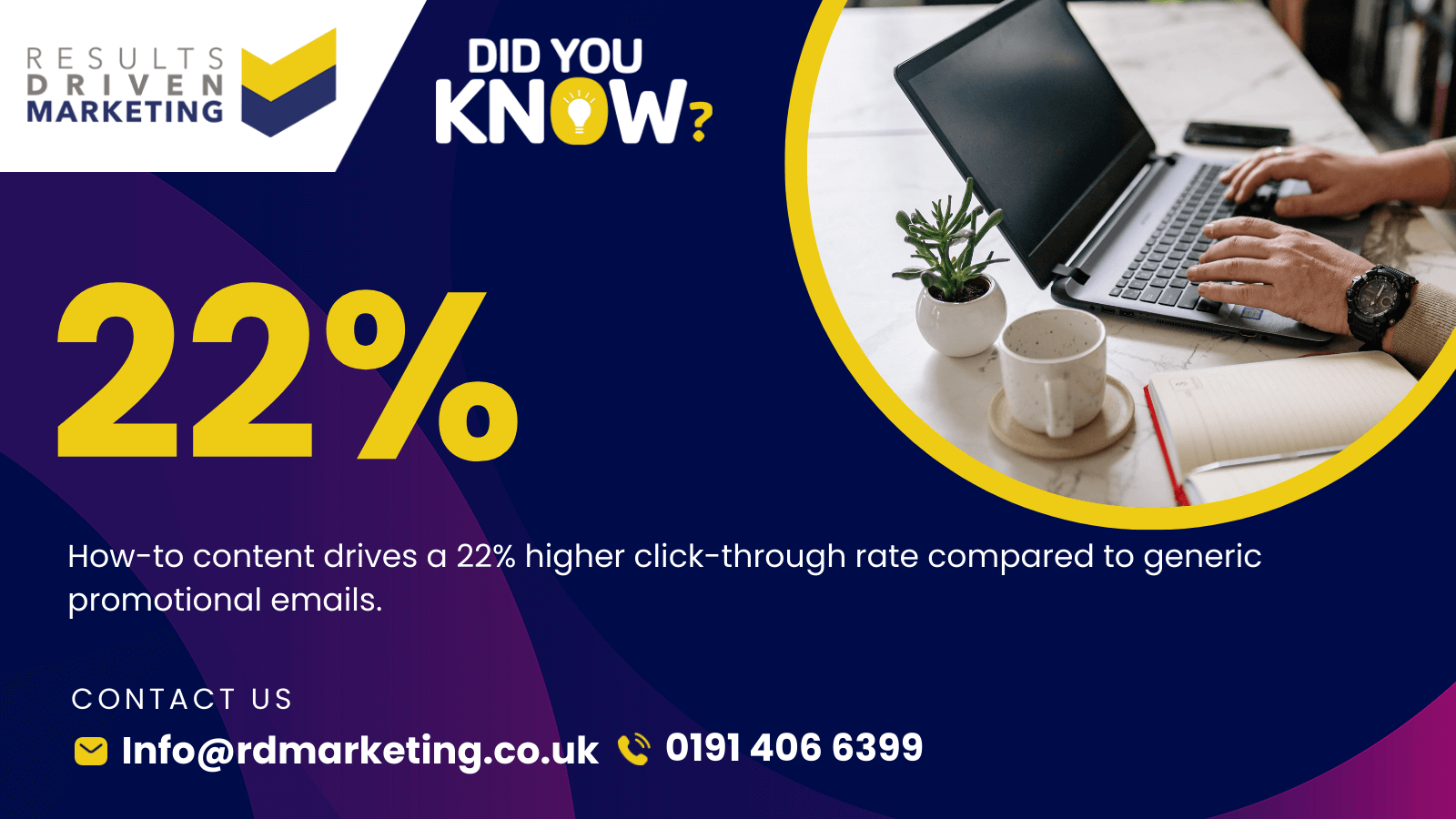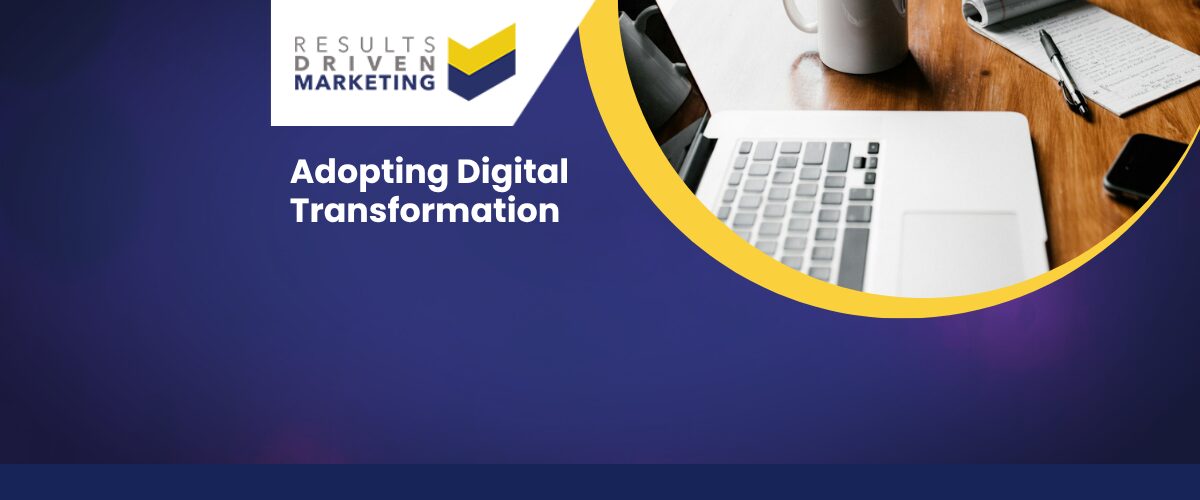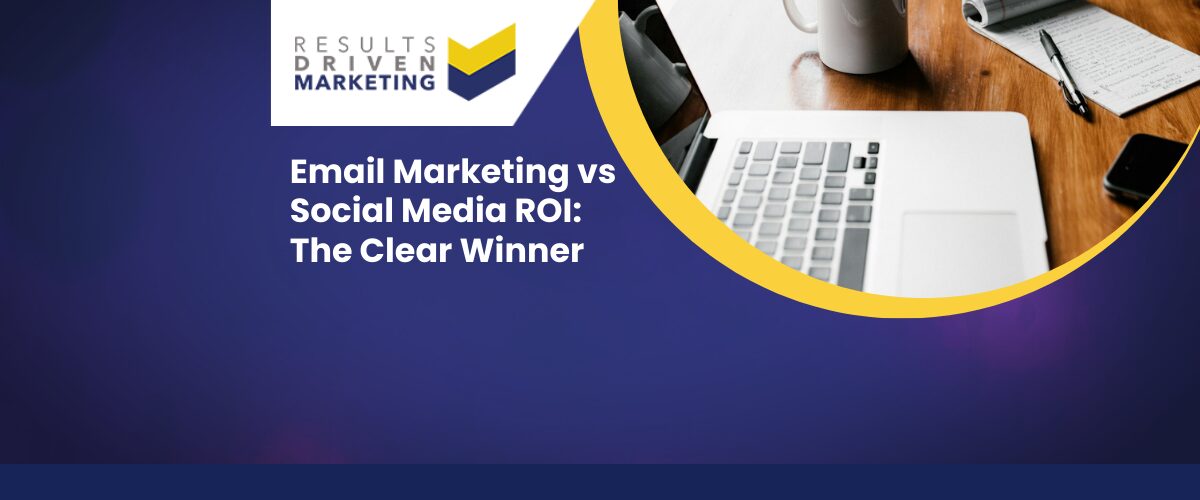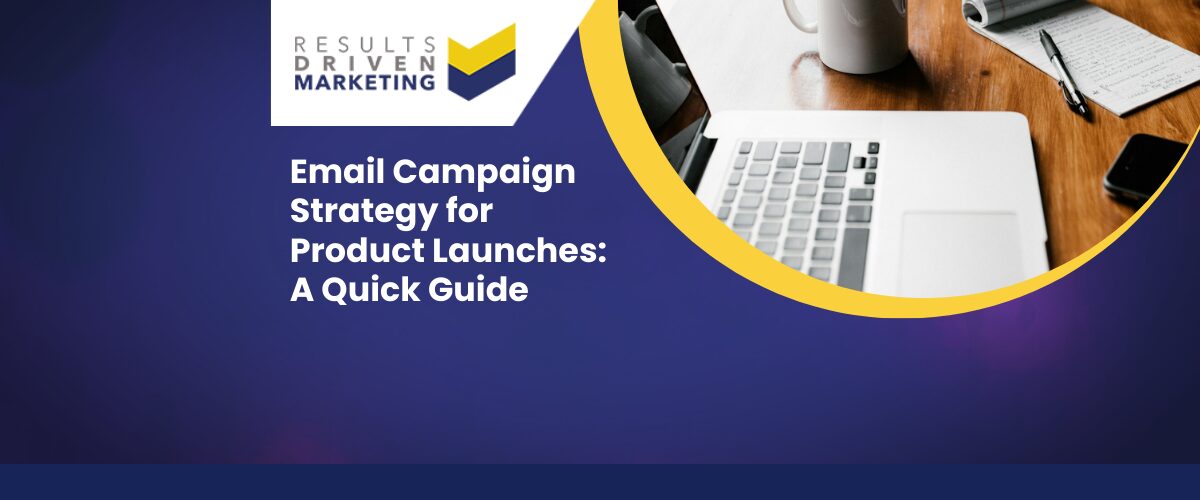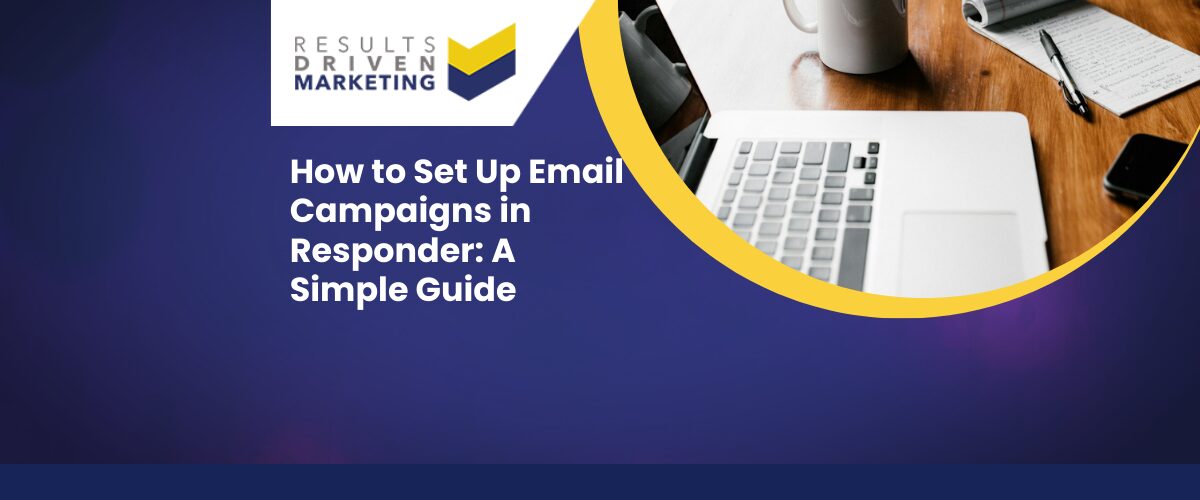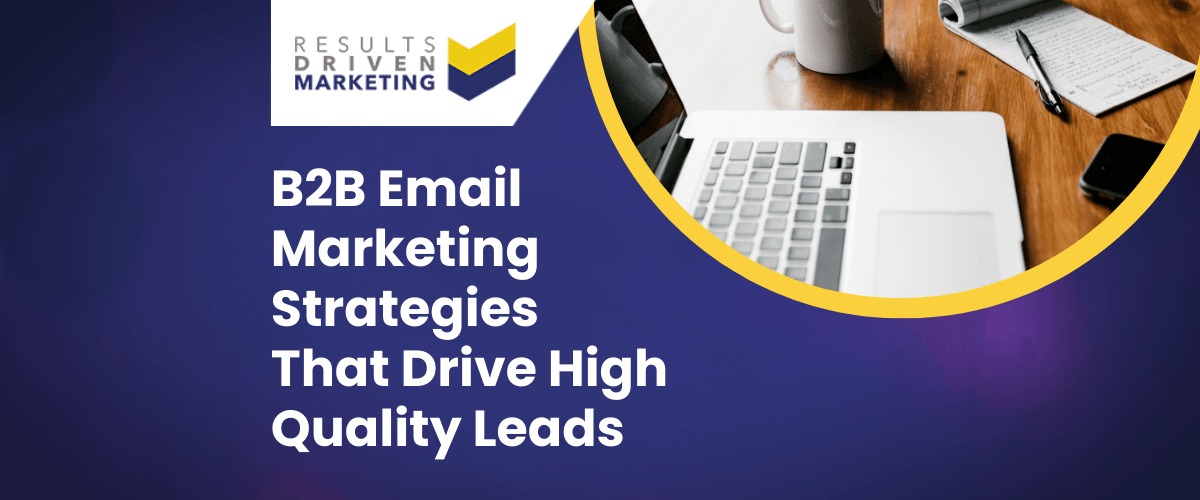
B2B Email Marketing Strategies that Drive High Quality Leads
Let’s talk about B2B email marketing—a powerhouse strategy that continues to lead the pack in delivering results for businesses. Why? Because no matter how many new marketing trends come along, email remains one of the most direct, personal, and cost-effective ways to connect with potential clients.
When done right, B2B email marketing doesn’t just generate leads; it attracts the kind of high-quality leads that are ready to convert.
That’s massive compared to other channels. In the B2B space specifically, email marketing outshines other methods, driving 40% more leads when compared to channels like social media or PPC ads. Clearly, there’s a reason why this strategy remains at the core of successful B2B marketing campaigns.
But let’s be honest—getting results like these isn’t automatic. The effectiveness of your B2B email marketing campaigns depends on how well you understand your audience, how clean and targeted your data is, and how effectively you execute your strategy.
That’s where many businesses fall short. Without the right approach, you risk poor open rates, disengaged prospects, and wasted effort.
In this article, we’ll dive into practical, proven strategies that can take your B2B email marketing from good to exceptional.
We’ll cover everything from crafting compelling messages to leveraging high-quality data and automation tools. By the end, you’ll have a clear roadmap to drive high-quality leads and maximise your ROI.
To make your campaigns even more powerful, partnering with a trusted provider like RD Marketing can make all the difference. Whether you need B2B Data to target specific industries, Email Address List Data to reach decision-makers, or Data Cleansing Services to keep your database clean and reliable, we’ve got you covered.
Table of contents:
Understanding the Basics of B2B Email Marketing
When it comes to b2b email marketing, understanding the core differences from B2C marketing is essential. While both share the medium—email—the way strategies are executed can differ significantly. In the B2B world, you’re not just talking to consumers looking for instant gratification; you’re addressing businesses, decision-makers, and stakeholders who are focused on long-term solutions, ROI, and strategic growth.
How B2B Email Marketing Differs from B2C
B2B email marketing requires a deeper level of precision and strategy. Here’s how it stands apart from B2C campaigns:
- Audience Focus:
In B2C, the aim is to appeal to emotions and quick decisions. Think of discount codes, flash sales, or exciting promotions. On the other hand, b2b email marketing is all about logic, expertise, and value. Your audience is looking for solutions that solve complex business challenges. - Sales Cycle:
The B2C buying journey is often short—sometimes just a few minutes. However, in B2B, the process is longer and involves multiple touchpoints. Email campaigns need to guide leads through an extended journey, nurturing them with consistent, relevant content. - Decision-Making Process:
B2C often involves a single decision-maker. In contrast, B2B buyers typically work in teams, where multiple stakeholders weigh in before a decision is made. That’s why targeting the right decision-makers with tailored messages is key.
The Importance of Targeting Decision-Makers
For B2B marketers, it’s not enough to reach a general audience. You need to reach the individuals who actually influence or make purchasing decisions. These are often C-suite executives, department heads, or managers responsible for budgets.
Here’s how to make your targeting more precise:
Segment Your Lists Thoughtfully:
Using B2B Data that is segmented by industry, job title, and company size ensures your emails land in the right inboxes.
Leverage Professional Data Services:
Services like Data Enrichment enhance your existing database by adding valuable details like contact roles or decision-making power, allowing you to fine-tune your campaigns.
Personalise Communication:
Decision-makers respond to emails that speak directly to their challenges. Use targeted language and tailored solutions to address their specific pain points.
Overview of the Buyer’s Journey in a B2B Context
Unlike in B2C, where a single email can lead to a purchase, b2b email marketing follows a much more structured buyer’s journey. Let’s break it down:
Awareness Stage:
At this stage, businesses are identifying a problem or a need. Use email campaigns to provide value through educational content, like whitepapers or guides. Incorporating lists such as Telemarketing Data can help widen your reach during this stage.
Consideration Stage:
Here, businesses are evaluating their options. This is your chance to showcase how your product or service solves their problem better than competitors. Highlight your expertise and offer tailored case studies or product demos.
Decision Stage:
The focus shifts to trust and closing the deal. Decision-makers are finalising their choice, so send them testimonials, detailed product features, or even limited-time offers.
Using clean and accurate data is critical throughout this journey. Our Data Cleansing Services ensure your email list is up-to-date and error-free, reducing bounce rates and improving engagement.
Strategy #1: Email List Segmentation for Targeted Campaigns
In B2B email marketing, one-size-fits-all simply doesn’t work. This is where email list segmentation comes into play.
By dividing your email list into smaller, more targeted groups, you can deliver content that’s not only relevant but also more likely to resonate with your recipients. Segmentation allows you to personalise your campaigns based on specific factors, which is key to driving higher engagement and conversions in the B2B space.
So, what exactly is segmentation? It’s the process of dividing your email subscribers into distinct groups based on certain criteria like industry, job title, company size, purchasing behaviour, or where they are in the customer lifecycle.
This level of customisation ensures that your emails are tailored to the specific needs and interests of each segment, which is crucial when you’re trying to build relationships in B2B email marketing.
Why Segmentation is Essential in B2B Email Marketing
When it comes to B2B, the stakes are high. The decision-making process is often more complex, and buyers typically conduct a lot of research before making a purchase.
Segmenting your email list allows you to send highly relevant content to each audience, increasing the likelihood of engagement and conversion. For instance, a decision-maker at a small tech startup might have different needs than someone in procurement at a large manufacturing firm. By tailoring your message to each segment, you’re more likely to capture their attention.
Segmentation also enhances personalisation, which has been shown to improve open rates, click-through rates, and overall campaign performance. In fact, segmented campaigns can lead to a 760% increase in revenue, according to studies. Whether you’re targeting leads through direct mail data or building a more specific campaign using email address list data, segmentation is a must.
How to Segment Your Email Lists Effectively
Now, let’s dive into some practical steps to segment your lists for maximum impact:
Identify Key Criteria for Segmentation
Start by looking at the data you have available. Common segmentation criteria in B2B include:
Industry: Tailor your content to the specific challenges and needs of different industries.
Job Role: C-level executives may be interested in big-picture strategies, while mid-level managers are more focused on implementation.
Company Size: The needs of a small business differ greatly from those of a large corporation.
Customer Lifecycle Stage: Prospects at the top of the funnel need educational content, while those closer to making a decision may benefit from product demos or case studies.
Leverage Tools for Segmentation
Use email marketing software to automatically segment your list based on the data you collect. For example, our email marketing management services can help you create dynamic segments that update in real-time as new information comes in. This allows you to continually refine your campaigns and ensure you’re always delivering relevant content.
Use Multiple Segmentation Criteria
Don’t limit yourself to just one way of dividing your list. Combining several criteria (e.g., job title + company size) can give you even more finely-tuned segments. This multi-dimensional segmentation ensures that your emails are as relevant as possible, which can significantly boost engagement rates.
Test and Refine Your Segments
Just because you’ve set up your segments doesn’t mean the work is done. A/B testing your segmented campaigns can reveal which segments respond best to different types of content. Over time, you’ll be able to further optimise your segmentation strategy for even better results.
How critical is segmentation?
Segmentation is the foundation of a successful B2B email marketing campaign. It allows you to reach the right people with the right message at the right time, whether you’re targeting international leads using our international email list or crafting niche campaigns with consumer data.
By implementing an effective segmentation strategy, you can ensure that your B2B email marketing efforts are targeted, relevant, and, ultimately, more successful. And if your data needs fine-tuning to maximise the power of segmentation, our data enrichment services can help you keep your lists clean and actionable.
Strategy #2: Personalisation at Scale
Personalisation is one of the most effective tools in B2B email marketing. In fact, it’s not just a nice-to-have anymore—it’s essential for standing out in crowded inboxes. When your emails feel personal and relevant, engagement skyrockets.
Whether you’re talking about open rates, click-through rates, or even conversions, personalised emails are known to outperform generic ones by a wide margin. The key challenge, however, is scaling this personalisation without sacrificing quality or efficiency.
Why Personalisation Matters in B2B Email Marketing
Personalised emails in B2B email marketing help build a connection between you and your recipient. They’re not just another faceless message—they speak directly to the needs, pain points, and interests of the reader.
Something as simple as using a personalised subject line can increase the likelihood of your email being opened. In fact, emails with personalised subject lines are 26% more likely to be opened than those without. By using email address list data or telemarketing data to segment your audience and create personalised campaigns, you can significantly boost engagement.
Personalisation also extends beyond subject lines. Dynamic content, for example, allows you to insert personalised elements like the recipient’s name, company, or even product recommendations based on their previous behaviour.
Let’s say your prospect recently downloaded a whitepaper from your site. Following up with an email suggesting related content or offering a product demo tailored to their interests makes the communication feel relevant and valuable. This approach works particularly well for B2B because it shows that you understand their business needs.
Scaling Personalisation with AI and Automation
Now, while personalisation can work wonders, doing it manually for a large B2B audience isn’t feasible. That’s where AI and automation step in to save the day. With the right email marketing management services, you can scale personalisation across thousands of contacts without losing the quality that makes it effective.
Automation platforms allow you to send personalised emails based on triggers such as website visits, specific downloads, or even how a recipient interacts with a previous email. For instance, if someone clicks on a particular link in your newsletter, you can set up an automated follow-up offering a more in-depth look at that topic.
AI can also help you predict which type of content will resonate best with each segment of your audience, ensuring that your B2B email marketing is always hitting the right notes.
Here are some practical steps to achieve personalisation at scale:
Use Personalised Subject Lines
Personalising subject lines based on job roles, industries, or even recent activities can increase your open rates significantly. Tools within email marketing software make this easy to automate and track.
Implement Dynamic Content
Set up dynamic content blocks within your email to change based on user data. For example, you can showcase different products or services depending on the recipient’s industry or business size. This can be enhanced with accurate B2B data to ensure the personalisation is spot-on.
Use AI to Tailor Product Recommendations
Machine learning algorithms can analyse previous interactions and suggest content or products that are most likely to engage your audience. For B2B, this could mean recommending a new tool or service based on a prospect’s previous downloads or inquiries.
Automate Lead Nurturing
With automation, you can send a series of personalised emails over time based on where a prospect is in the sales funnel. This ensures that you stay top of mind without overwhelming your recipient with irrelevant content.
Scaling personalisation is no longer a daunting task thanks to automation and AI. By leveraging these technologies, you can deliver highly targeted and relevant campaigns at scale, improving both engagement and conversion rates. To ensure your data is clean and ready for personalisation, consider our data cleansing services for more accurate targeting.
In the end, B2B email marketing that’s personalised at scale creates a seamless, relevant experience for the recipient—building trust and driving higher conversions without compromising on quality.
Strategy #3: Creating Value-Driven Content
In B2B email marketing, delivering value through your content is critical to keeping your audience engaged and interested. Your subscribers are busy professionals, so if your emails don’t immediately address a pain point or offer a solution to a problem they’re facing, they’re more likely to hit “delete” than read on.
That’s why focusing on value-driven content is key—when your emails provide insights or actionable tips, you establish trust and position your business as a reliable partner, not just another vendor trying to make a sale.
Why Value Matters in B2B Email Marketing
The key to successful B2B email marketing is to think less about selling and more about solving problems. In B2B, your prospects aren’t looking for flashy promotions or discounts—they need information that helps them make informed decisions.
Emails that share knowledge, such as industry trends, solutions to specific challenges, or educational resources, are more likely to catch the attention of decision-makers. When you consistently deliver value, your audience will come to see you as a trusted resource, which ultimately leads to more engagement and higher-quality leads.
Examples of Value-Driven Content for B2B Email Campaigns
Here are some effective types of content that work well in B2B email marketing:
Case Studies: Sharing real-world examples of how your products or services have helped other businesses can be incredibly powerful. Case studies provide proof that you understand the unique challenges of your industry and can offer tailored solutions.
Whitepapers: A whitepaper is an in-depth report that addresses a specific business issue or trend. Whitepapers are ideal for B2B email marketing because they offer valuable, detailed information that helps potential clients make informed decisions.
Educational Webinars: Offering a free webinar that educates your audience on a relevant topic is a great way to provide immediate value. Webinars not only showcase your expertise but also give you the opportunity to engage with leads in a more interactive format.
How-To Guides and Tutorials: Break down complex topics into actionable steps. By offering practical advice, you help your audience tackle challenges and position your business as a go-to source for solutions.
Industry Insights: Sharing trends, forecasts, and analysis can demonstrate your deep understanding of the market. This type of content keeps your audience informed and encourages them to turn to your business for expert guidance.
Moving Leads Through the Funnel with Value-Driven Content
Value-driven content does more than just attract attention—it’s a powerful tool for nurturing leads. When a potential client engages with a case study or attends a webinar, they’re taking a step closer to considering your solution for their business.
By providing consistent value over time, you keep leads engaged and guide them naturally through the sales funnel, from awareness to consideration and eventually to decision.
For example, after a lead downloads a whitepaper, you could follow up with a targeted email offering a telemarketing data list that complements the information they’ve just received. Or, you could send a link to a relevant case study that demonstrates how other businesses in their industry have successfully used your product or service.
Conclusion
By focusing on delivering valuable, relevant content, you can ensure your B2B email marketing efforts not only capture attention but also build lasting relationships with your audience.
This kind of content helps nurture leads over time, gradually moving them closer to conversion while reinforcing your position as a trusted expert in your field.
If you’re looking for the right tools to reach your audience, consider our B2B data solutions or explore our email marketing management services for comprehensive support in crafting your campaigns.
Strategy #4: Optimising Email Timing and Frequency
In B2B email marketing, timing can be everything. Sending the right email at the wrong time or bombarding your subscribers with too many emails can quickly lead to disengagement or unsubscribes.
That’s why optimising both the timing and frequency of your emails is critical for success. When done right, you can significantly boost open rates, engagement, and, ultimately, lead conversions.
Why Timing and Frequency Matter
The reality is, no two audiences are the same. What works for one segment might not work for another. The timing of your emails plays a big role in whether or not they get opened and read.
In B2B email marketing, professionals tend to check their inboxes at specific times, often during work hours. But this can vary depending on the industry, region, or even job role. For example, a decision-maker at a startup might respond better to emails sent mid-morning, while someone in a more traditional corporate setting might prefer early afternoon.
Similarly, finding the right email frequency is crucial. Too many emails can feel overwhelming, while too few may cause your audience to forget about you. Striking the right balance ensures you stay top of mind without being intrusive. By analysing engagement metrics like open rates and click-through rates, you can fine-tune your approach and send emails when your audience is most likely to engage.
How to Optimise Timing and Frequency
Here are a few practical steps to help you find the sweet spot for your B2B email marketing campaigns:
Analyse Your Audience Behaviour
Use your email marketing management software to review engagement data. Look for trends in when your emails are opened and which times yield the highest response rates. This will give you valuable insights into your audience’s behavior.
A/B Testing
A/B testing is a great way to experiment with different send times and frequencies. Try sending the same email at different times of day or on different days of the week to see what works best for your audience. The results will help you refine your email schedule. For example, you might find that your audience prefers receiving emails on Tuesday mornings rather than Thursday afternoons.
Adjust Frequency Based on Engagement
Not every segment of your audience needs to receive the same number of emails. Some might appreciate frequent updates, while others prefer fewer touchpoints. Consider using your B2B data to create segmented lists and customise the email frequency for each group. You can also leverage direct mail data to complement your email strategy.
Monitor Performance and Refine
Keep a close eye on key metrics like open rates, click-through rates, and unsubscribe rates. If you notice a drop in engagement, it might be time to adjust your frequency or experiment with different send times. If your emails consistently perform well, you’re likely on the right track.
By optimising when and how often you reach out, your B2B email marketing campaigns can deliver better results, helping you nurture leads without overwhelming them. Need help with timing or segmenting your email lists? Our data enrichment services can help you ensure your lists are up-to-date and relevant for your campaigns.
Strategy #5: Leveraging Automation for Lead Nurturing
In the world of B2B email marketing, automation is a game-changer. It allows businesses to streamline their lead nurturing processes and ensure consistent, relevant communication with prospects at every stage of the sales funnel.
With the right tools and workflows in place, you can keep your audience engaged, build relationships, and move leads closer to conversion without the manual effort of crafting individual emails each time.
Why Automation is Critical for Lead Nurturing
Lead nurturing is all about building trust and guiding prospects through the buyer’s journey. This can be a long process in B2B email marketing, where decision-makers typically require more information and touchpoints before making a purchase.
This is where automation shines. By setting up automated workflows, you can send personalised, timely emails that nurture leads over time, allowing you to stay top of mind while focusing your efforts elsewhere.
Automating your email marketing ensures that every new lead receives the right information at the right time, without you having to lift a finger. For example, if someone downloads a whitepaper from your site, an automated email can follow up with a related case study, helping to deepen their interest in your product or service. This is especially effective when combined with accurate email address list data to target the right contacts.
Effective Automation Workflows for B2B Email Marketing
Here are some key email automation workflows that can help nurture your leads effectively:
Welcome Series
First impressions matter, especially in B2B email marketing. A well-crafted welcome series introduces your brand to new subscribers, outlines your offerings, and sets the tone for future interactions. This sequence could include an initial welcome email followed by educational content like case studies, industry insights, or an introduction to your team. With tools like email marketing management services, you can automate this process for every new lead.
Drip Campaigns
Drip campaigns are a series of automated emails that “drip” information over time to keep your audience engaged. In B2B, drip campaigns can be incredibly powerful for educating leads about your products, addressing common pain points, and showcasing how your solutions solve industry-specific problems. These campaigns can be set to trigger based on specific actions like webinar sign-ups, content downloads, or simply time intervals.
Re-engagement Campaigns
Sometimes, leads go cold. But with a well-timed re-engagement campaign, you can rekindle their interest. These automated emails can ask if they’re still interested in your product or offer something valuable like a free resource or demo. This approach works particularly well with our B2B data, ensuring you’re reaching the right audience who might have fallen off your radar.
Lead Scoring and Follow-Up
Automation can also help prioritise which leads to focus on by incorporating lead scoring into your workflow. As leads engage with your content—opening emails, clicking links, or downloading resources—automation tools can assign a score based on their level of interest. Once a lead reaches a certain threshold, your sales team can receive an alert to follow up with a personal touch, making the handoff between marketing and sales seamless.
Tools to Automate Your B2B Email Marketing
There are several platforms that support B2B email marketing automation, making it easier to nurture leads without overwhelming your team.
- Responder: Known for its user-friendly interface, Responder allows you to automate drip campaigns, segment your audience, and integrate with various CRM tools to streamline the lead nurturing process.
Whether you’re using a tool like Responder or a more comprehensive platform like HubSpot, automation is essential for taking your B2B email marketing to the next level. With the right strategies in place, you can ensure your leads are nurtured effectively, driving them closer to a purchase decision while freeing up your time for other business priorities.
And if you need help ensuring your data is clean and ready for automation, our data cleansing services can help you maintain high-quality lists that drive better results.
Strategy #6: A/B Testing to Optimise Campaigns
In B2B email marketing, getting the best results often requires fine-tuning your campaigns. A/B testing, also known as split testing, allows you to experiment with different elements of your emails to see what resonates most with your audience. By testing variables like subject lines, calls to action (CTAs), and visuals, you can maximise engagement and conversion rates, making your campaigns far more effective.
The Importance of A/B Testing in B2B Email Marketing
A/B testing is a critical tool because no two audiences respond exactly the same way. What works for one segment might not work for another. Through split testing, you can identify the best-performing elements of your emails and refine your approach accordingly. In B2B email marketing, where decision-makers have specific needs and pain points, optimising even small details like a subject line can make a significant impact on open rates and conversions.
For example, experimenting with subject lines that incorporate the recipient’s job role or industry can boost open rates. Testing the placement and wording of CTAs can increase click-through rates, while testing email visuals or layouts can enhance overall readability. A well-executed A/B test helps you pinpoint what drives better engagement and helps you continually improve your email campaigns.
How to Conduct Effective A/B Tests
Here’s a step-by-step approach to running an A/B test in your B2B email marketing campaigns:
Choose One Element to Test
Start by focusing on one variable at a time. Common elements to test include:
Subject Lines: Test different styles, such as using questions, personalisation, or urgency.
Call to Action (CTA): Experiment with wording, placement, and design of your CTA buttons.
Visuals and Layout: Test different email designs or the inclusion of images versus plain text.
Define Your Metrics
Before you begin, decide what success looks like. If you’re testing subject lines, open rates will be your key metric. If you’re testing CTAs, focus on click-through rates or conversions. Clear metrics help you measure what truly resonates with your audience.
Segment Your Audience
Split your audience into two (or more) groups. If you’re using email address list data or B2B telemarketing data, this step can be automated. Each group should receive a different version of the email, and the performance of each variant can be tracked and compared.
Run the Test and Analyse Results
Once your A/B test is live, allow enough time to gather significant data. Don’t rush the process—let the test run long enough to provide clear insights. Afterward, analyse the results and identify which variation performed best based on the metrics you defined earlier.
Real-World Example of A/B Testing
One company running B2B email marketing campaigns for their software product decided to test two versions of their subject line: one with a question (“Is your team ready for a productivity boost?”) and one with a straightforward value proposition (“Increase your team’s productivity with our tool”). The version with the question saw a 15% higher open rate, proving that curiosity can be a strong motivator.
Whether you’re testing subject lines, CTAs, or visuals, A/B testing helps refine your B2B email marketing strategy, ensuring you’re sending emails that engage and convert. Want to take your testing efforts even further? Our email marketing management services can help you implement, track, and optimise your campaigns efficiently.
If you need help segmenting your audience for more effective testing, our data cleansing services ensure your lists are accurate, giving you the best possible results from your split tests.
Strategy #7: Measuring and Analysing Performance
In B2B email marketing, the work doesn’t stop after hitting “send.” To ensure your campaigns are effective and continuously improving, you need to track key performance indicators (KPIs) and analyse the data. Measuring performance helps you understand what’s working, what’s not, and where adjustments can drive better results. This ongoing process of optimisation is essential for maximising ROI and keeping your email marketing strategy on point.
Key KPIs to Track in B2B Email Marketing
Here are the most important metrics you should focus on when evaluating your B2B email marketing campaigns:
Conversion Rate
This is the most critical metric for understanding how well your email is driving action. Whether you’re aiming for product sign-ups, demo requests, or form completions, your conversion rate tells you how many recipients are taking the desired action. Improving conversion rates can often involve optimising CTAs or refining the offer in your emails.
Open Rate
Your open rate is a key indicator of how well your subject lines and send times are performing. A low open rate suggests that your emails aren’t grabbing attention in crowded inboxes, so it may be time to experiment with subject line variations or adjust your sending schedule.
Click-Through Rate (CTR)
Once recipients open your email, the click-through rate shows how effectively you’re driving them to take the next step. If your CTR is low, consider A/B testing different CTA placements or adding more compelling visuals to entice clicks.
Bounce Rate
Your bounce rate measures the percentage of emails that couldn’t be delivered. A high bounce rate often points to issues with your email list quality. To keep your lists clean and reduce bounces, our data cleansing services can help you maintain an accurate and deliverable list.
Lead Quality
Ultimately, the quality of leads generated from your B2B email marketing efforts is what matters most. Tracking how many of your email-generated leads convert into qualified prospects or customers helps you assess the overall success of your campaign. You can enhance lead quality by using precise B2B data to target the right decision-makers from the start.
Tools for Email Marketing Analytics
There are plenty of email marketing management tools that offer comprehensive analytics to track these KPIs. Platforms like Responder allow you to visualise key data points and gain deeper insights into your email performance. They provide easy-to-read reports, showing metrics such as open rates, click-through rates, and conversion rates in real-time.
To get more granular insights, you can even integrate these tools with customer relationship management (CRM) systems, allowing you to track how email campaigns impact the customer journey. Combining email marketing management services with a CRM allows you to evaluate how email interactions lead to sales and long-term customer relationships.
Continuous Optimisation Through Data Analysis
Email marketing is not a set-it-and-forget-it strategy. By consistently analysing performance metrics, you can make informed adjustments to improve your results. For example:
- If your open rates are low, experiment with different subject lines or sending times.
- If conversion rates are lacking, reassess your offer or CTA.
- If bounce rates are high, refresh your email list using direct mail data or consider running your list through our CTPS checker to ensure compliance with regulations.
By tracking KPIs and refining your approach, you can ensure that your B2B email marketing campaigns are constantly improving, delivering better results, and increasing lead quality over time.
Conclusion and Call to Action
Mastering B2B email marketing takes strategy, precision, and constant optimisation. The seven strategies we’ve covered—segmentation, personalisation at scale, value-driven content, optimising timing and frequency, leveraging automation, A/B testing, and performance analysis—are key to driving high-quality leads and increasing ROI in your email campaigns.
When used together, these tactics not only improve engagement but also ensure that your emails are tailored to meet the unique needs of your audience, moving them closer to conversion.
By focusing on these strategies, you can build more meaningful connections with your prospects, deliver value consistently, and stand out in their inboxes. Whether it’s through personalised subject lines or automated lead nurturing workflows, you’re providing the right information at the right time—helping to grow your business while nurturing relationships with potential clients.
Ready to take your B2B email marketing to the next level? Start by implementing these proven tactics to see immediate improvements in your email campaigns. And if you need help fine-tuning your approach, explore our email marketing management services to streamline your process and get expert support.
At Results Driven Marketing, we offer everything from high-quality B2B data to specialised services like direct mail data, data enrichment, and CTPS checker solutions. To learn more about how we can help you maximise your campaigns, visit our website or contact us for a free consultation.
Don’t wait—start optimising your B2B email marketing today and watch your lead generation soar!
Who are we?
Dedicated to lead generation, Results Driven Marketing provides myriad services SMEs can trust to deliver results.
Our marketing lists are guaranteed accurate to industry high standards, and GDPR compliant and our experience team means that if you are looking to buy data, they make them totally bespoke and highly relevant whether you are looking for email lists, direct mailing lists or telemarketing lists.
Our email marketing software is highly rated. Responder provides the automation tools you need to put your marketing on autopilot.
We also supply email marketing solutions with our email marketing platform.
Call us today on 0191 406 6399 to discuss your specific needs.
Results Driven Marketing
info@rdmarketing.co.uk
0191 406 6399


